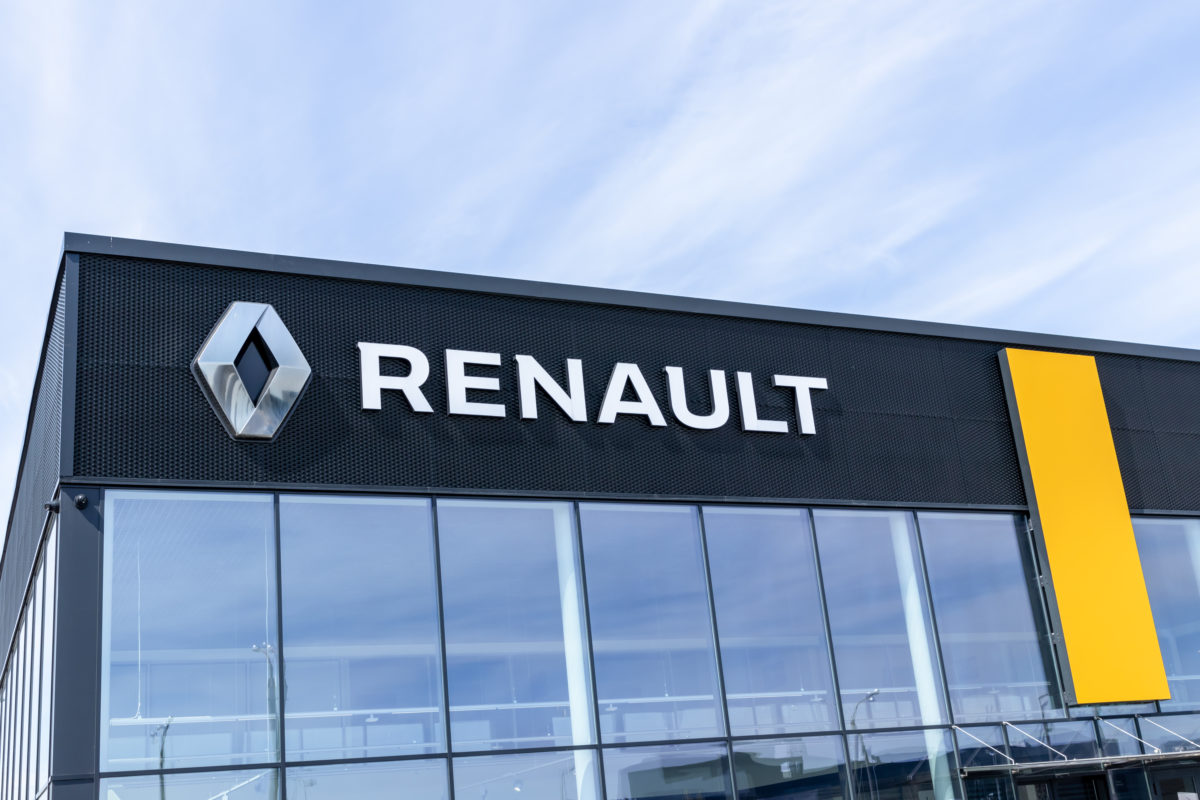It appears the Renault-Nissan-Mitsubishi Alliance will further solidify its commitment to electrification this week. Two people in the know told Reuters that the three companies will jointly announce their plans to develop more battery-electric vehicles as more pressure comes from emerging competitors and to address the shift toward EVs. The alliance members are reportedly making their announcement this Thursday, which will see them increase their investment by an additional $23 billion on top of the initial $11.2 billion.
By 2030, the Renault-Nissan-Mitsubishi Alliance will introduce over 30 new battery-electric vehicles as part of this new plan. They’ll be underpinned by five new architectures, according to the two people that spoke with Reuters. Called the “Alliance to 2030” plan, this aims to deepen the connection between the three automakers with the banner of a “shared vision on electrification and connected mobility,” according to one of their sources. The five platforms will reportedly cover over 90 percent of EVs that the three brands will develop and launch by 2030.
The first of the five platforms is the CMF-EV architecture that launched with the Nissan Ariya and is also used on the recently revealed Renault Mégane E-Tech. A second platform is expected to debut and be used specifically on no-frills vehicles built by Renault’s Dacia brand, Nissan, and its Chinese market partner, Dongfeng. Two other platforms will be used for the Japanese market Kei cars and light-duty commercial vehicles.
A fifth platform debuts in the middle of the decade specifically for compact EVs and was designed by Renault. Dubbed the CMFB-EV, Nissan has already decided to use this architecture and other components for the next-generation Micra subcompact car due in the mid-2020s. Reuters’ sources noted that the Renault-Nissan-Mitsubishi Alliance intends to make compact EVs as affordable as similarly-sized internal combustion models. Battery components are expected to be shared while production investments will be centered mostly in France, Britain, China, and Japan. The total target capacity for battery production is 220 GWh by 2030. Standardizing and sharing batteries also has the potential to half battery costs. Nissan is leading the development of solid-state lithium-ion batteries, which the other members of the alliance will also utilize.
Renault, Nissan, and Mitsubishi were initially scheduled to announce this plan in late fall of last year at an event in Japan but was postponed to this week. One of the sources noted that limited cooperation in the areas of sourcing and development has raised concern with the alliance’s members’ ability to achieve their cost savings goal. Each one also has different hybrid technologies with few shared components and systems, further raising questions about how closely they’re working together.
By 2030, the Renault brand’s European lineup will be completely electric by 2030. However, this doesn’t apply to the Dacia brand or other global markets that Renault does business in. Nissan, on the other hand, revealed back in Nov. that it will spend $18 billion over five years to accelerate electrification, launching 23 vehicles consisting of 15 EVs and 8 hybrids using its e-Power setup. Half of the vehicle mix in Nissan’s lineup will be electrified by 2030 and include EVs and hybrids.
Mitsubishi is the one that we don’t have many details on. They introduced the AirTrek all-electric crossover last year along with the 2023 Outlander PHEV featuring an improved plug-in hybrid powertrain. The Outlander is on the CMF-C/D architecture while the AirTrek is reportedly on the CMF-EV platform shared with the Nissan Ariya. Other than those two, Mitsubishi hasn’t revealed much of its electrification plans.
